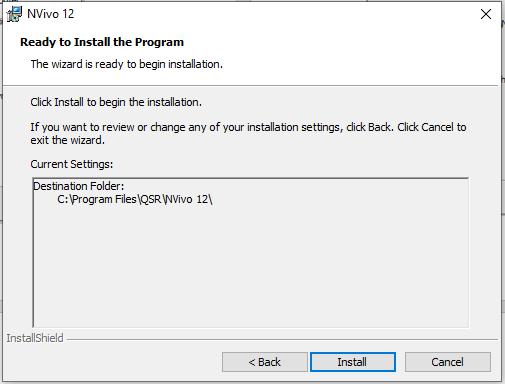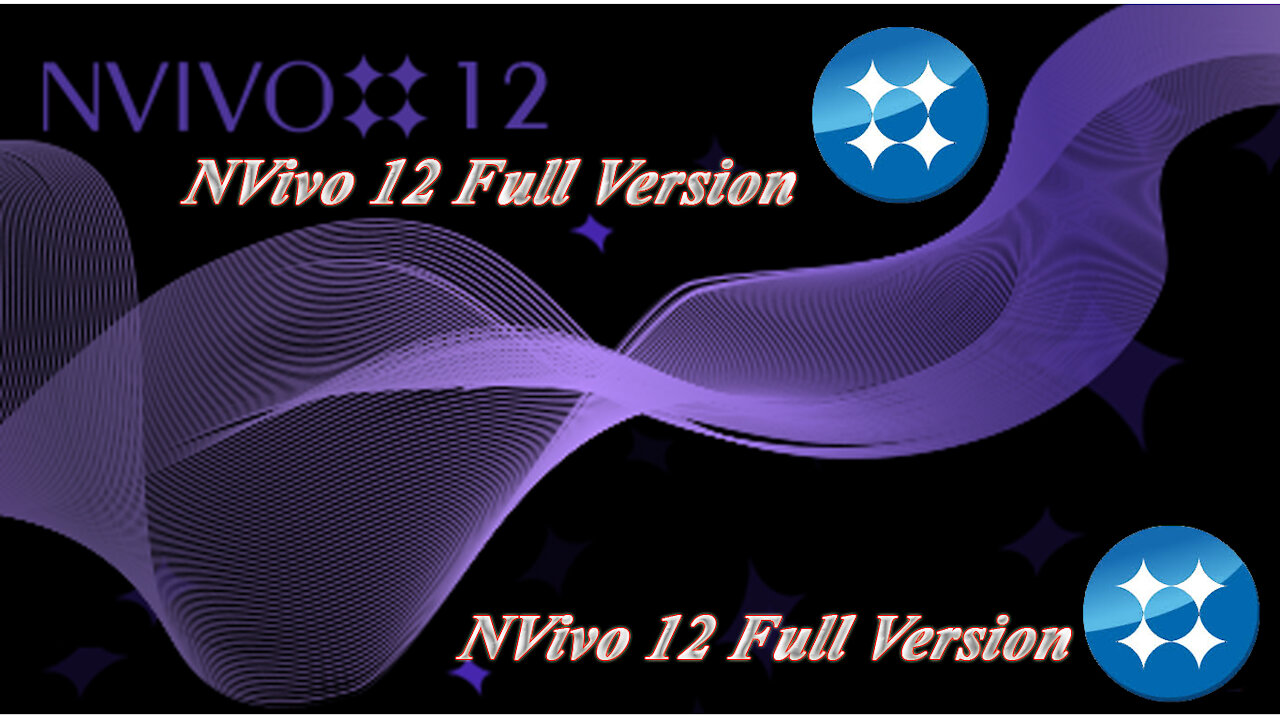
Your NVivo project represents huge amounts of your time, brain power, and effort – this isn’t something you want to lose!

If you have this established from the outset it reduces the risk of losing projects or confusion over which is the latest version to work on. A handy tip for when you’re so immersed in data analysis that you no longer remember the date and time! Save, back up and back up againĭevelop a clear system for where you will save your NVivo project, the naming convention, and how often you will back it up. This can be quickly created in an NVivo memo – ensure the memo is in ‘edit’ mode, that the cursor is at the correct location, and select Ctrl + Shift + T. We also like to record the date and time of each memo entry. Set this up at the beginning of your project – you can create this as a ‘Memo’ in NVivo. We use this as a place to record progress and activities, as well as any thoughts and reflections we have about the data. When setting up an NVivo project, one of the first things we do is to create a research log or journal file. Use a journal to keep track of your project

While this can be created at any stage of the process, it can be useful to have it in place from the start so that documents can be directly imported into the relevant folder(s). Decide at the outset of your NVivo project as to what the most useful folder structure will be. data type, geographic site, or intervention stage. Folders can be based on any criteria relevant to your project – e.g. They can also be used to narrow the scope of queries further into your data analysis. How will you organise your data?įolders are an excellent way of organising your data, particularly if you have numerous files. We’d also recommend avoiding the use of tables in your transcripts. This includes information in the header or footer of the document or tracked changes. When preparing your transcripts, keep in mind that any features specific to Microsoft Word documents will not be imported.
NVIVO 12 GUIDE CODE
Note that in NVivo 12 and New NVivo you can auto code on speaker names, even if you don’t have styles applied. While styles can be applied in NVivo after import, it’s much easier (and quicker) if you prepare your documents beforehand. This means that you can gather up everything a participant said in one place or track overall responses to individual questions. If you utilise Microsoft Word’s styles feature to identify speakers, questions, or topic sections within your document, you’ll be able to utilise NVivo’s auto coding feature. London, UK: SAGE.Ĭonsider the formatting of your transcripts Readme first for a user’s guide to qualitative methods (3rd ed.). Qualitative inquiry and research design: Choosing among five approaches (4th ed.). Successful qualitative research: A practical guide for beginners. If you’re not up to speed with the different qualitative approaches that you can take, chat to colleagues to find out what authors they’d recommend. This ensures that your NVivo project is set up in the right way, and that your coding methods are appropriate.
NVIVO 12 GUIDE SOFTWARE
The software is designed to suit a range of qualitative methodologies, and it’s essential to decide on the approach you will be taking before beginning your analysis. NVivo is not a methodology itself (although people often make the mistake of thinking it is!). If you’re an NVivo “newbie” and/or have taught yourself NVivo, read on for some advice that may save you a lot of time and headaches down the track!

Below are some tips that we give researchers in our training courses.


 0 kommentar(er)
0 kommentar(er)
